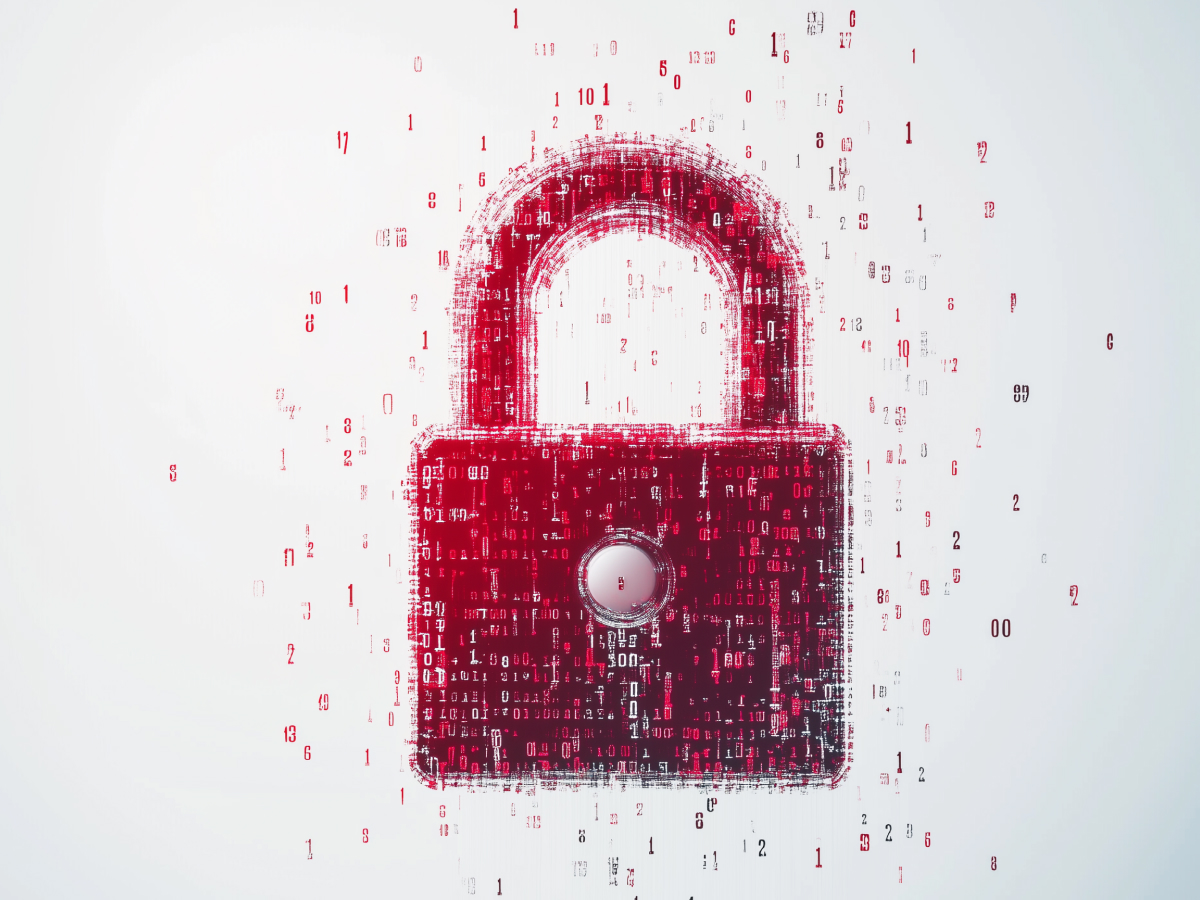AI and generative AI as the core of Microsoft’s cybersecurity strategy
Cybersecurity is an imperative in the hyper-connected digital market. Microsoft has been on an impressive trajectory, putting AI and generative AI right at the center of its security strategy. 567 password-related attacks per second in 2021 has skyrocketed to a staggering 7,000 per second by 2024. Traditional methods can’t handle that scale.
When pairing Microsoft’s vast security dataset with OpenAI’s GPT models, Security Copilot simplifies complex processes. For early-career defenders, it speeds up tasks by 26% and boosts accuracy by 35%. Even seasoned experts see a 22% speed increase and 7% accuracy improvement. But what’s most telling? Over 90% of users say they’d want to use it again.
The beauty here is in democratizing advanced tools. Whether you’re a small startup or a global enterprise, these tools make defending against cyber threats accessible and intuitive.
The Secure Future Initiative’s transformation of cybersecurity culture
When Microsoft launched its Secure Future Initiative in November 2023 it was about a mindset shift. Security is now baked into everything they do. It’s not siloed; it’s shared. Every Microsoft employee owns this responsibility.
With over 34,000 engineers rallying behind this cause, the initiative is as much about supporting people as it is about securing systems. It embodies the principles of “Secure by Design,” “Secure by Default,” and “Secure in Operations,” creating a culture where security is foundational.
The initiative aims to secure the broader digital world, creating careers tied to purpose and inclusivity. It means giving everyone, from young professionals to seasoned leaders, a stake in building a safer digital ecosystem.
Proactive defense with Exposure Management
When it comes to cybersecurity, prevention beats reaction every time. Microsoft’s Exposure Management flips the traditional playbook. It uses graph-based AI to think like an attacker, mapping out potential vulnerabilities and attack paths.
The innovation lies in identifying choke points, those key junctions where multiple attack paths converge. When highlighting these weak spots, defenders gain a tactical advantage, staying a step ahead of their adversaries.
Currently active in 70,000 tenants, Exposure Management integrates with Microsoft’s broader ecosystem of tools, from Defender to Sentinel. This is about making sure attacks don’t happen in the first place.
Accessibility and diversity in Microsoft’s cybersecurity vision
Cybersecurity is a people challenge. Microsoft gets that. Their tools, like Security Copilot, are designed to be intuitive, leveling the playing field for smaller organizations and helping them access enterprise-grade security.
But the conversation goes deeper. Cyber attackers come from every corner of the globe. To counter them, defenders must be equally diverse. Microsoft is creating a culture that’s inclusive, drawing on perspectives that reflect the complexity of today’s threats.
Through designing tools that everyone can use, Microsoft is making cybersecurity a universal pursuit.
Supporting defenders and building a safer digital ecosystem
Microsoft’s vision is bold: equip defenders with the best tools and create a safer digital world. Whether it’s through democratized access to AI-powered tools or fostering a culture of inclusion, the company is redefining what cybersecurity means in the modern era.
Through making cutting-edge technology accessible, intuitive, and equitable, Microsoft is setting the standard for a resilient global digital future.





